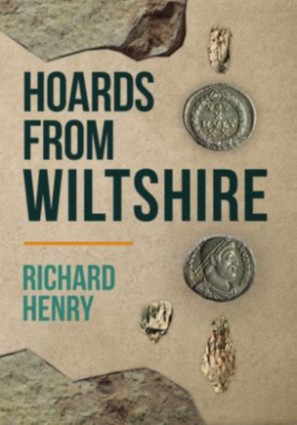
This 2021 book is a nice, interesting quick read. At 97 pages it is relatively light on text but heavy on photos of hoards and distribution maps. The photos are great, the maps less useful unless you know Wiltshire well. The first part of the book sets out the established definition of hoards and hoarding as a phenomenon, drawing on examples from Wiltshire and elsewhere.
The second part of then focuses on 10 hoards found in Wiltshire from the Prehistoric, Roman and Civil War periods. They are discussed under the heading of three themes: potential ritual deposits; multiple hoards found in the same place; and hoards deposited as times of threats. The ten case studies are all interesting in their own rights with their own back stories.
The coverage of each is a little uneven, but some of this is due to their being more information available from the more recent discoveries and those excavated by archaeologists in the last few years. I was a little disappointed to find that the stories of the excavations for the Wardour and Hindon Hoards, were not told more fully and the role of the Wiltshire Archaeology Service in these excavation not acknowledged, despite my hand being shown in the photo on page 31 holding a Bronze Age axe I had just lifted! One important point that is made from the case studies is the imperative for hoards to be carefully excavated by archaeologists for the best outcome.
This is not a sophisticated book and reads more like a thesis (which I suspect was its origin), but it is a good overview book with stunning photos. Any book that brings the stories of Wiltshire’s ancient inhabitants, and their treasured artefacts, to light is alright by me.
